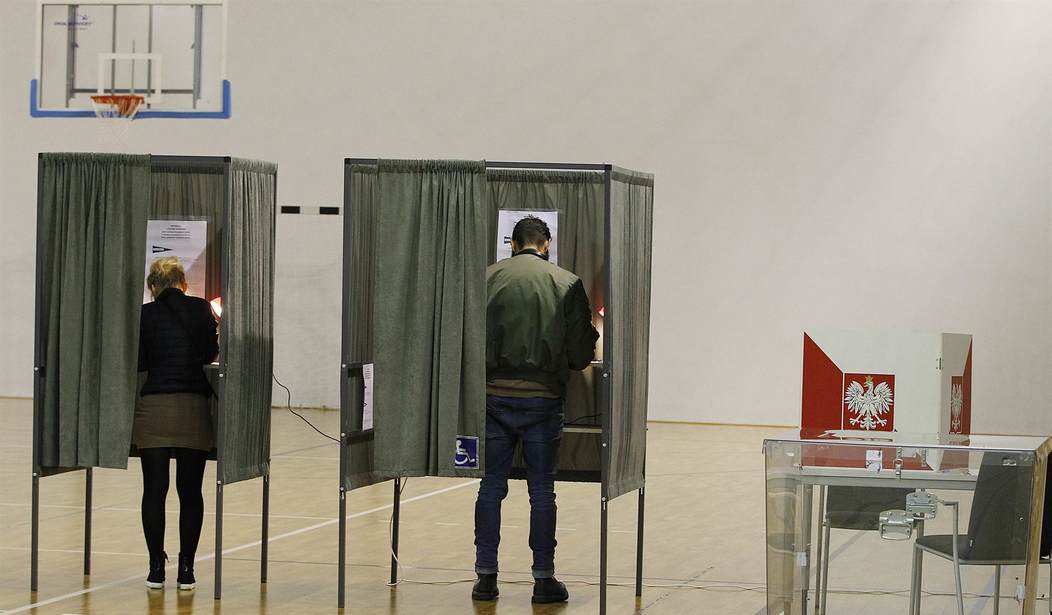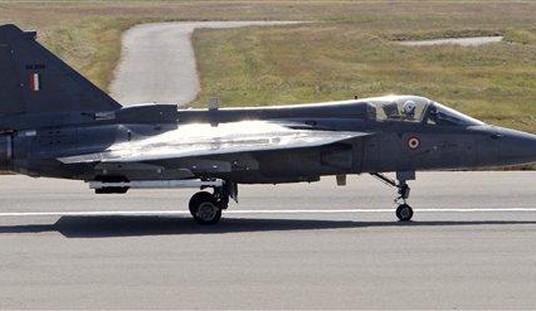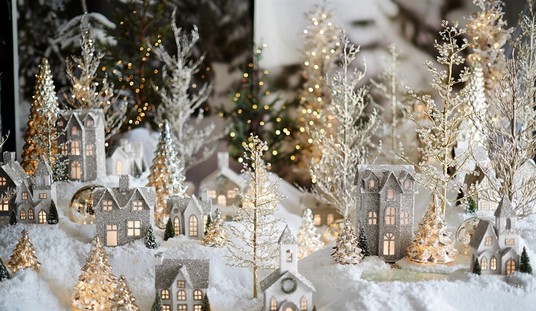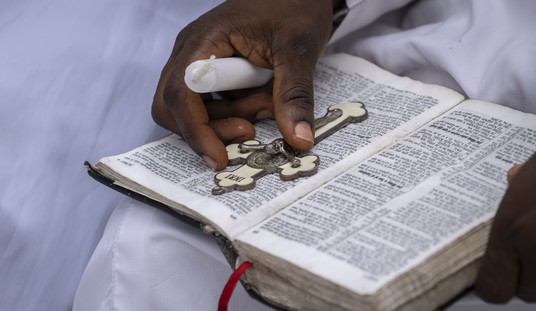The political polls were wrong. They were wrong about the presidential election. They were wrong about a dozen Senate races. They missed a Republican surge across the heartland that blocked a blue wave in the House.
At least they got the correct day of the week for the election.
After the 2016 debacle, we were assured by big-time pollsters that they had figured it all out. Indeed, in the 2018 midterms, pollsters had a pretty good track record.
But Donald Trump wasn’t on the ballot in 2016. His presence in 2020 revealed the absolute futility of predictive polling. It wasn’t so much that respondents were lying to them. It’s that they weren’t calling enough Trump supporters. To this day, they don’t know who they are. They have nothing in their playbooks that would allow them to quantify who should be a Trump supporter.
Reason’s Robby Soave thinks that it’s a question of groupthink in the media and an inability of pollsters to understand Trump’s coalition.
A healthy media might have learned from its mistakes, engaged in soul-searching, and tried to gain some insights into the working-class coalition that Trump had assembled. Clearly, this didn’t happen, because four years later—in the midst of a nail-bitingly close election—the predictions of the pundit class have proven to be no more accurate than they were in 2016. In fact, by some measures the experts performed even worse than last time: The pre-election polls, which suggested a landslide Biden victory, Democratic control of the Senate, and gains in the House, are so spectacularly wrong it calls the validity of the profession into doubt.
“Even worse than last time” is an understatement.
Pollsters often seek comfort, and protection, from critics in asserting that preelection surveys are not predictions. But the nearer they are to the election, the more reliable polls ought to be. And a number of individual preelection polls were embarrassingly wide of the mark.
A notable example was the final Washington Post/ABC News poll in Wisconsin, released last week, which gave Biden a stunning 17-point lead. The outcome there was still undecided Wednesday morning, but the margin surely will not be close to 17 points.
The popular phrase is an “existential” crisis in the polling industry. The reason for that is obvious. Their methodology is fatally flawed. It was flawed in 2016 and continues to be flawed to this day, despite assurances that they had figured it out after the last Trump election.
Polling is far more than calling a thousand people up and asking them who they’re voting for. Pollsters “weight” their results as they look to expand their data to fit 140 million people. Who’s really going to vote? What issues are important to them? There are currently more people who identify as Democrats in America than Republicans. How much more weight should be given to Democrats’ answers?
It’s not straight statistics. There’s an art to the process, as well as algorithms and raw data. The way the results are achieved is proprietary — it’s the only thing a polling company has that makes it unique. So they’re not going to reveal exactly how they got it so wrong.
And it’s not the first major goof made by pollsters. They’ve missed several elections in Europe in recent years, including calling the Brexit vote incorrectly and failing to catch the rising tide of populism in Germany, France, and elsewhere on the continent.
The consequences are more serious than we might think.
Pollsters and analysts are unlikely to get much sympathy, especially today. But the train wreck of their industry has consequences that run deeper than its impact on their own professional lives, or even having set incorrect expectations for the presidential race. Much of American democracy depends on being able to understand what our fellow citizens think. That has become a more challenging task as Americans sort themselves into ideological bubbles—geographically, romantically, professionally, and in the media they consume. Parties are now mostly ideologically homogeneous. We no longer spend much time around people who disagree with us. Public-opinion polling was one of the last ways we had to understand what other Americans actually believe.
I am a supporter of the polling process and have great respect for those who do it well. But I have zero confidence that any major polling outfit will ever be able to figure out those of us in flyover country. They describe us in shorthand: “resentful” over a loss of “white privilege.” This is often heard from pollsters as a way to describe people they don’t understand.
But that’s worse than superficial; it’s inaccurate. They don’t understand faith. They don’t understand the community or heritage. These are people who care more about their families than they do about their jobs — a foreign notion to the coastal elites who define themselves by what they do.
I’m not sure the pollsters or the media will ever understand people who live in the heartland. They give lip service to heartland values but don’t live those values. They make fun of people who live in “flyover country” and don’t understand that this elitist attitude that permeates Hollywood and other so-called “cultural centers” is enormously hurtful. It has resulted in people in the heartland tuning out the culture, the news, and the elites who try and sell them.
That may be America’s true divide.










Join the conversation as a VIP Member